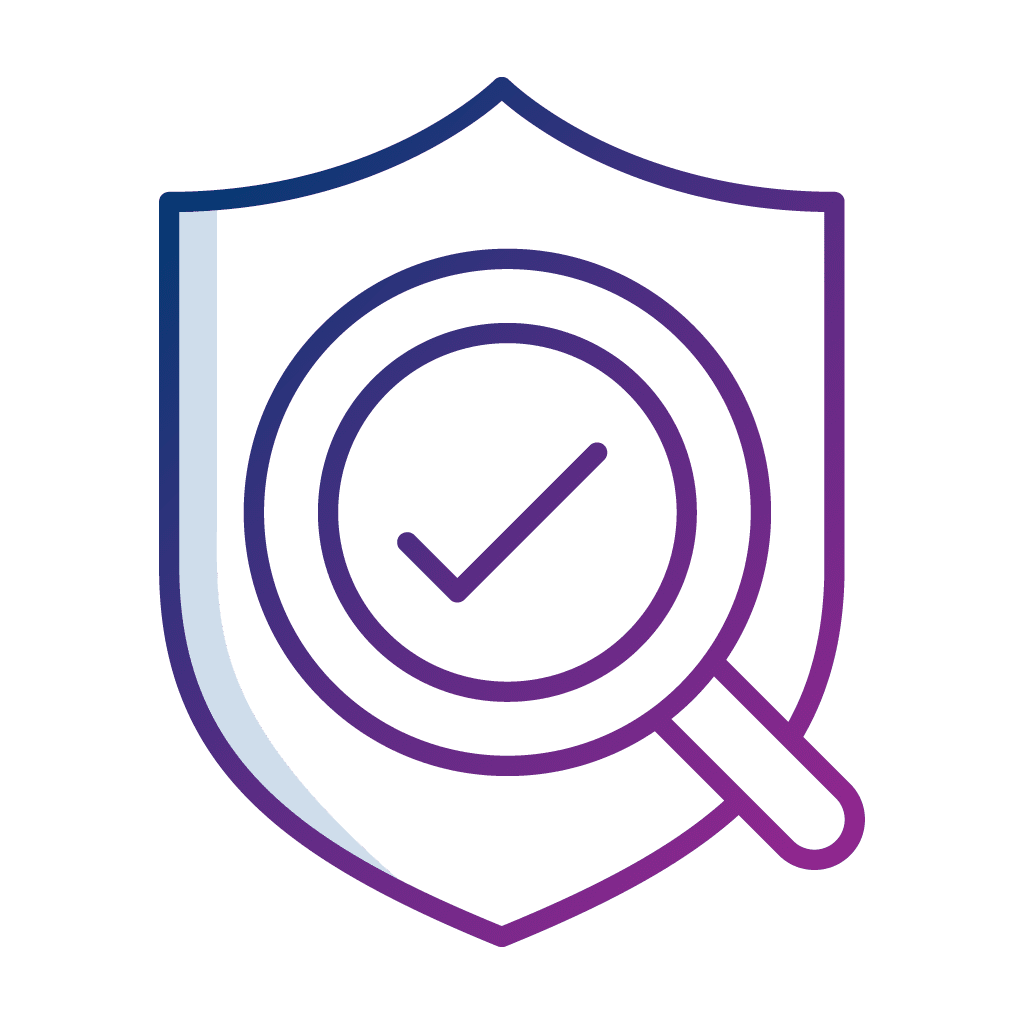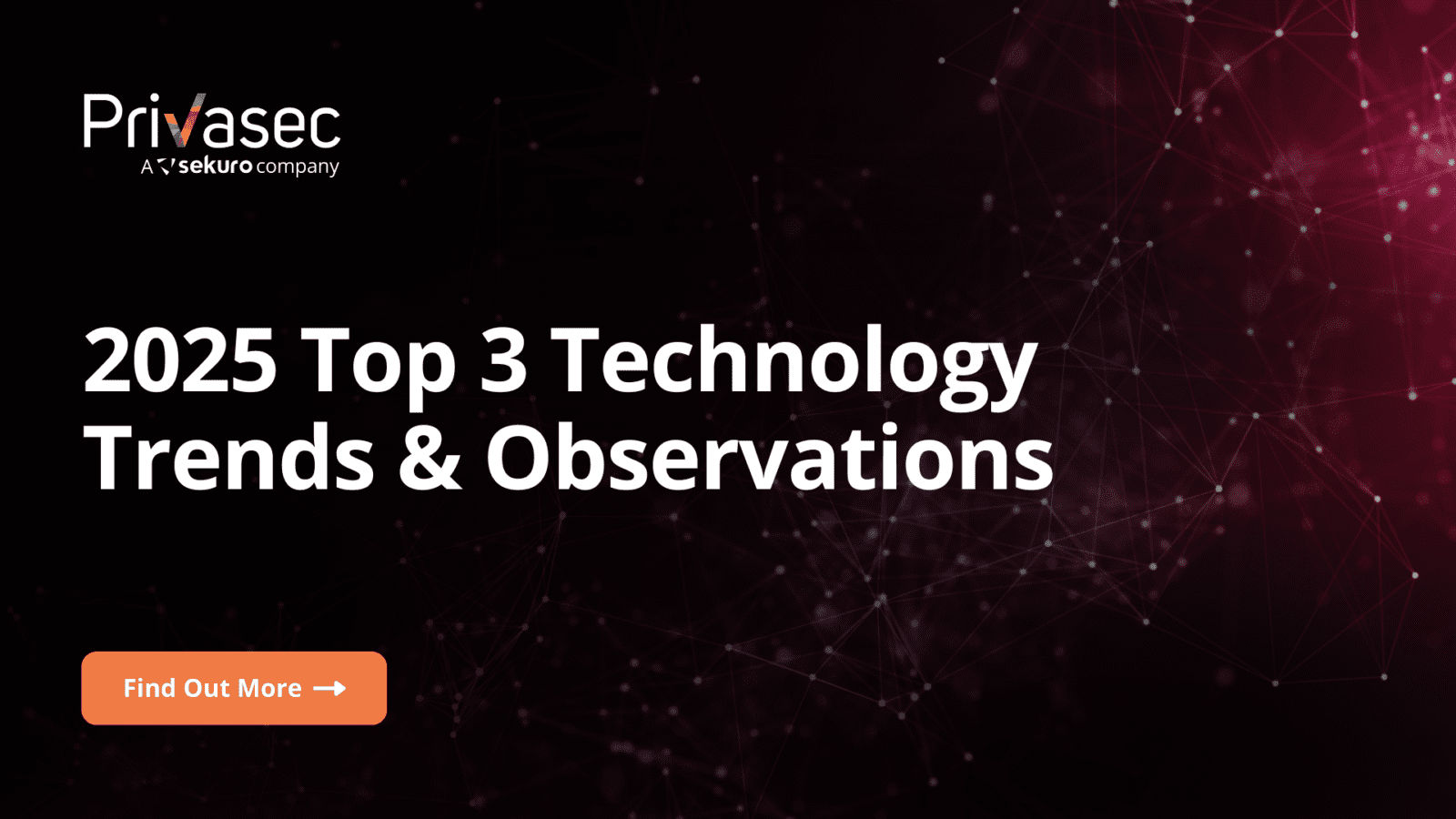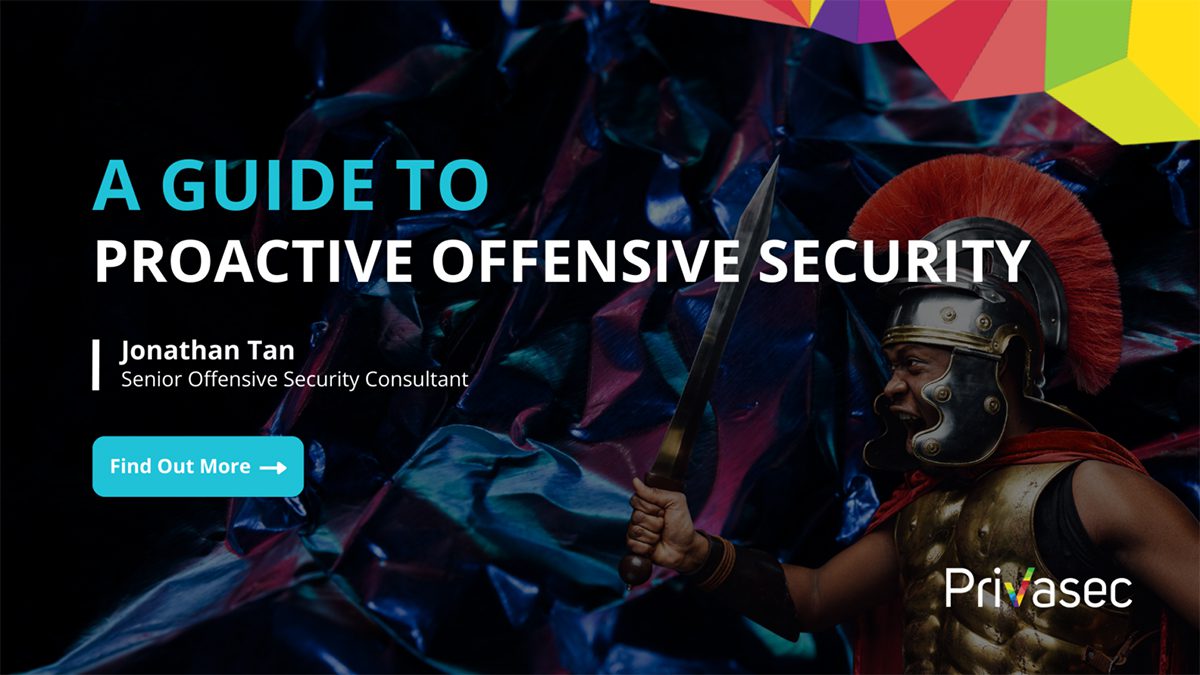Generative AI and rapid digital initiatives has significantly altered the operational landscape. As security and risk leaders assess the aftermath and plan for future growth, strategic foresight is essential. By incorporating emerging trends into strategic planning, organisations can effectively address evolving threats and capitalise on new opportunities.
3 Technology Trends & Observations in 2025

Adoption of Digital Technologies
The COVID-19 pandemic accelerated the adoption of digital technologies across industries. As organisations embraced remote work and digital transformation, they also opened themselves up to new cyber risks. The development of Internet of Things (IoT) devices, cloud computing, and artificial intelligence (AI) has introduced significant vulnerabilities. With more processes being automated and reliant on digital systems, threat actors have increased opportunities to exploit weaknesses and compromise sensitive information.
UPTAKE IN ISO 42001
The recent international standard, ISO 42001, offers a comprehensive framework for organisations to develop and deploy AI responsibly and ethically. Sekuro has observed growing interest from companies in adopting this standard. By adhering to ISO 42001, organisations can effectively mitigate the risks associated with AI, including the potential for disinformation and bias. ISO 42001 certification can provide a competitive advantage by showcasing an organisation’s commitment to responsible AI, attracting customers and investors who prioritise ethical practices.

Heightened Regulatory Compliance
In response to the growing cyber threat landscape, governments and regulatory bodies worldwide are implementing stringent cybersecurity regulations. These regulations are designed to protect businesses, consumers, and national security interests. Non-compliance with these laws can result in severe penalties, including hefty fines and legal repercussions. Critical infrastructure sectors, including energy, healthcare, and finance, are prime targets for cybercriminals due to the potential for significant disruption and public safety risks. Ransomware and state-sponsored cyber espionage continue to pose major threats, with attackers demanding substantial ransoms, crippling operations, and stealing sensitive information. To mitigate these risks and ensure compliance, organisations are investing heavily in robust cybersecurity measures focusing on resilience, human factors, and digital trust.
BUILDING CYBER RESILIENCE
Cyber resilience will be a key differentiator, enabling businesses to withstand and recover from attacks swiftly. This involves robust incident response plans, continuous security assessments, and a culture of proactive risk management. Human factors, often the weakest link, will demand increased focus through rigorous training, awareness programs, and zero-trust security architectures.
HIGHLIGHT ON DIGITAL TRUST AND PRIVACY
Digital trust and privacy will be under intense scrutiny, as data breaches and privacy violations erode customer confidence. Companies must invest in robust data protection measures, transparent data handling practices, and proactive compliance with evolving regulations like GDPR and CCPA.

Evolving Challenges on Cloud Security
The dynamic nature of cloud environments, along with the relentless evolution of cyber threats, necessitates a proactive and adaptive approach to security. Organisations often rely on third-party cloud service providers, and any security lapses in their infrastructure can impact the security of the entire ecosystem. Some of the key challenges that organisations face in securing their cloud infrastructure includes third party risk, insider threats, and misconfiguration and human error.
THIRD PARTY RISK
Organisations often rely on third-party cloud service providers, and any security lapses in their infrastructure can impact the security of the entire ecosystem. Cyberattacks targeting the supply chain, including cloud service providers, can have far-reaching consequences, disrupting operations, compromising sensitive data, and damaging the organisation’s reputation. To mitigate these risks, organisations must prioritise vendor risk management, including rigorous due diligence, continuous monitoring, and strong contractual obligations. Additionally, adopting robust security practices throughout the software development lifecycle, such as secure coding, code reviews, and automated testing, is essential. By taking a proactive approach to supply chain security, organisations can significantly reduce their exposure to these threats.
INSIDER THREATS
Insider threats, a persistent challenge in cybersecurity, can pose significant risks to cloud environments. These threats can originate from both malicious intent, such as disgruntled employees or compromised accounts, and unintentional actions, like careless mistakes or human error. To mitigate these risks, organisations must implement robust security measures, including the principle of least privilege. This principle mandates granting users the minimum level of access necessary to perform their specific tasks. By limiting user privileges, organisations can minimise the risk of unauthorised access to sensitive data and critical systems.
MISCONFIGURATION AND HUMAN ERROR
Key challenges in securing cloud infrastructure include accidental exposure due to misconfigurations, such as inadvertently exposing storage buckets or granting excessive permissions, and a lack of awareness among cloud administrators, which can lead to careless mistakes that compromise security. The risk of data breaches remains high, with sensitive information potentially falling into the wrong hands, leading to significant financial loss, reputational damage, and severe legal consequences.
In Summary
High-profile cyberattacks have significantly raised public awareness of cyber risks, prompting organisations to prioritise cybersecurity as a strategic imperative. Executives and boards are recognising the potential financial and reputational damage that can result from a cyber breach. To protect their brand and customer trust, organisations are making substantial investments in cybersecurity solutions and services.
As the cybersecurity landscape continues to evolve, organisations must adapt to these trends and implement robust security measures to protect their assets and reputation. A successful cybersecurity strategy requires a continuous cycle of assessment, improvement, and adaptation. As a start, organisations can consider adopting standards like ISO 27001, ISO 42001, and conducting assessments such as External Perimeter Penetration Testing and Red Teaming. By doing so, organisations can effectively protect their assets and mitigate risks, ensuring compliance and the long-term sustainability of their business operations.
There is no one-size-fits-all solution to cybersecurity. At Sekuro, we tailor our services to meet your organisation’s specific needs and budget. Sign up for a quick quote and our consultants will be in touch.

























